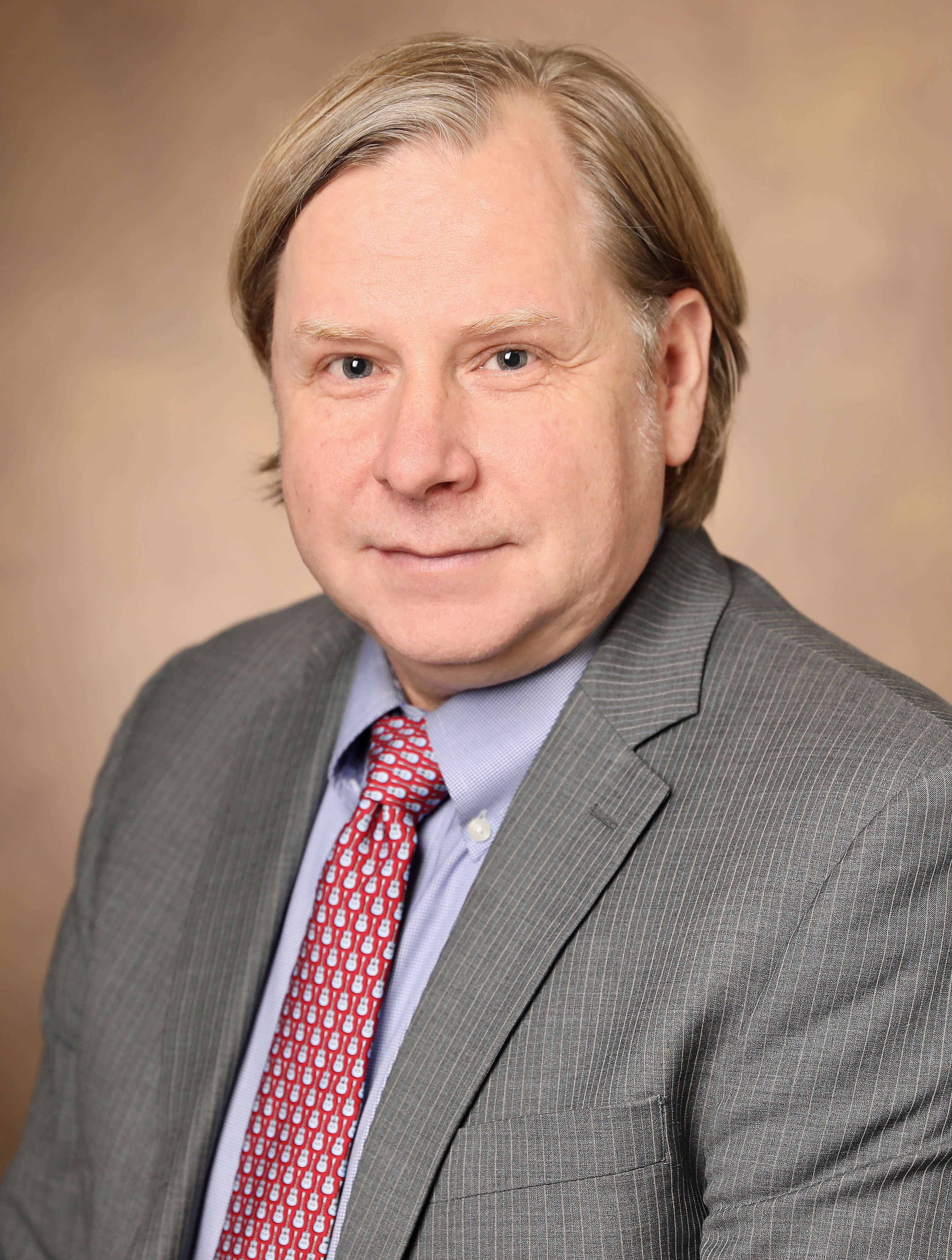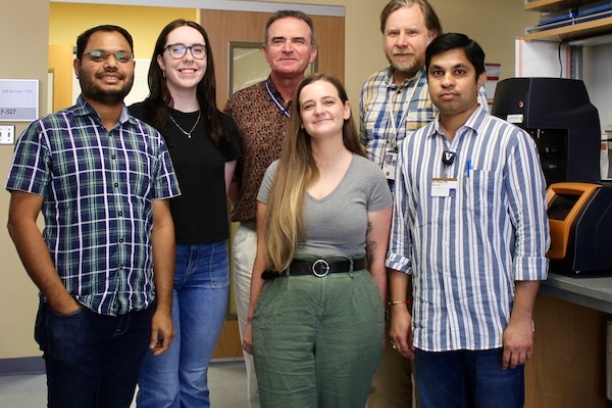
Jeffry S. Nyman, PhD
Postdoctoral Fellow, Bone Mechanics, 2003-2006, University of Texas at San Antonio
PhD Biomedical Engineering, 2003, University of California, Davis
MS Mechanical Engineering, 1998, The University of Memphis
BS Mechanical Engineering, 1996, The University of Memphis
Background
I joined the Vanderbilt Center for Bone Biology in the summer of 2006 moving from San Antonio with Dr. G. Mundy and colleagues. While in San Antonio (2003-2006), I worked in the lab of Dr. Xiaodu Wang investigating determinants that could explain the age-related decrease in the post-yield toughness of human cortical bone. Prior to my time as a postdoctoral fellow, I investigated how bone adapts from a mechanical perspective to orthopaedic implants and drug treatments using finite element analysis and an algorithm for bone remodeling. All these experiences including my transition from research instructor to independent investigator influenced my current research endeavors.
Complete Bibliography
Google Scholar Profile
Research Information
The goals of my research are
- to lower the number of bone fractures associated with osteoporosis, hypertension, diabetes, cancer, genetic diseases and aging and
- to prevent delays in union (or non-union) when fractures do occur in patients with these co-morbidities.
Towards that end, my lab investigates ways to improve the clinical assessment of fracture risk, to identify regulators of bone toughness (lack of brittleness) and to identify the factors that delay fracture healing. Specifically, there are active projects to
- figure out why individuals with type 2 diabetes are at higher-than-normal risk of a fragility fracture,
- identify the determinants of matrix-bound water,
- translate Raman Spectroscopy for clinical assessment of bone matrix quality,
- understand the mechanisms of poor bone accrual in type 1 diabetes and
- validate a mouse model of severe injury that causes osteoporosis, delays fracture hailing, and favors soft tissue mineralization.
These projects are done in collaboration with the following professors: Mark Does (Biomedical Engineering); David Harrison (Medicine); John Fowlkes (Pediatric Endocrinology at University of Kentucky); Jon Schoenecker (Orthopaedic Surgery); Anita Mahadevan-Jansen (Biomedical Engineering); and Bobo Tanner (Rheumatology).
Techniques
Available at the Orthopaedics Biomechanics Lab
- Mechanical testing of bone
- Monotonic: tension, compression, flexure, torsion
- Fatigue: flexure, compression
- Cyclic reference point microindentation
- Metalluragic preparation of bone samples
- Circular saws with diamond-embedded wafering blades
- Band saws with steel and diamond-embedded blades
- Grinder and polisher
Other available techniques
- Finite element analysis
- Computer-aided design
- Micro-computed tomography
- Raman micro-spectroscopy
- 1H NMR Relaxometry
Crack propagating through the mid-shaft of a rodent femur

Micro-computed tomography rendering of an impact microindentation into bone

Staff and Trainees
Emily Berestesky, Graduate Student
Elizabeth Hennen, Graduate Student
Sasidhar (Sasi) Uppuganti, Lab Manager
Paul Voziyan, Research Professor
The Nyman Lab
-

Left to Right: Sasi Uppuganti (Lab Manager), Emily Berestesky (Graduate Student), Paul Voziyan (Research Professor), Elizabeth Hennen (Graduate Student), Jeff Nyman (PI), and Ravi Mangue (Postdoc)